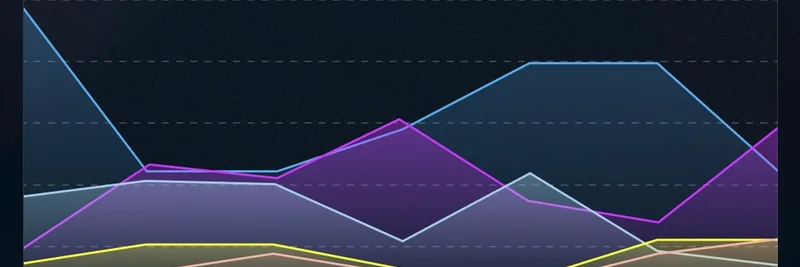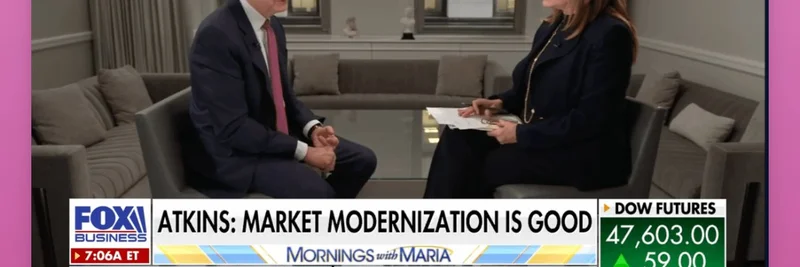Hey there, crypto enthusiasts! If you’ve been scrolling through X lately, you might have stumbled upon a fascinating post by Marty Party, a well-known voice in the Bitcoin community. Posted on July 3, 2025, at 18:44 UTC, this tweet has sparked a lot of buzz with its bold prediction: Bitcoin (BTC) could hit $1.5 million by 2030. But there’s more to it than just a price guess—let’s break it down and explore what Marty means by tying this to debt, global money supply, and shifting trade routes.
What’s Behind the $1.5M Bitcoin Prediction?
Marty’s post isn’t just throwing out a random number. He connects Bitcoin’s potential rise to the U.S. following the global M2 money supply—a measure of the total money circulating in an economy, including cash, checking accounts, and other liquid assets. He suggests that HR1 (likely referring to a legislative bill like the "One Big Beautiful Bill Act") is part of this trend, where debt essentially acts as money until it can’t anymore. This is a big idea! Essentially, Marty is hinting that as governments lean on debt to fuel economies, Bitcoin could become a hedge against that instability.
The $1.5M price tag by 2030 ties back to his earlier thread here, where he analyzed Bitcoin’s Wyckoff accumulation phase (a technical analysis pattern suggesting a buildup before a big move) and predicted prices up to $165,000 based on global liquidity and bullish flags. Scaling that up to $1.5M suggests a massive shift in the financial landscape, possibly driven by a new economic system Marty foresees being "installed" by 2030.
Debt as Money: What Does That Mean?
Let’s simplify this. Debt is like a loan that governments or banks take to keep the economy running. When Marty says “debt is money until it’s not,” he’s pointing to a limit—when debt gets too high, it can lose its value or trigger a crisis. Think of it like maxing out a credit card; eventually, you can’t borrow more without consequences. The Carnegie Endowment for International Peace explains how excessive debt can hurt economies by slowing growth or causing inflation. Marty seems to believe Bitcoin could step in as a decentralized alternative when traditional systems falter.
Trade Deals and Energy: The Bigger Picture
Marty also mentions trade deals and energy as critical factors. As countries redefine relationships and trade routes, energy—especially for mining Bitcoin—could play a huge role. With Bitcoin’s energy-intensive proof-of-work system, shifts in global energy policies might influence its value. He predicts austerity (tighter government spending) will kick in to reshape these dynamics, potentially boosting Bitcoin’s appeal as a store of value.
Why Should You Care?
This prediction isn’t just for crypto nerds—it’s a signal to watch how global finance evolves. If Marty’s right, 2030 could mark a turning point where Bitcoin isn’t just a speculative asset but a cornerstone of a new financial era. For meme token fans on Meme Insider, this could also mean exploring how meme coins tie into broader blockchain trends, though Marty’s focus here is squarely on BTC.
The Community’s Reaction
The replies to Marty’s post show a mix of excitement and curiosity. Some, like Archer Bessie, are offering portfolio advice, while others like Scroseph nod to the debt-driven system. There’s even a mention of the “Wintermute issue” (Arwyn), hinting at market manipulation concerns—something to keep an eye on!
Final Thoughts
Marty Party’s $1.5M Bitcoin prediction for 2030 is a bold call rooted in economic shifts rather than political noise. Whether you’re a blockchain practitioner or just curious, it’s worth tracking how debt, money supply, and trade evolve. Got questions? Drop them in the comments—we’d love to dive deeper with you!
Disclaimer: This is not financial advice. Crypto investments carry risks—do your own research!




